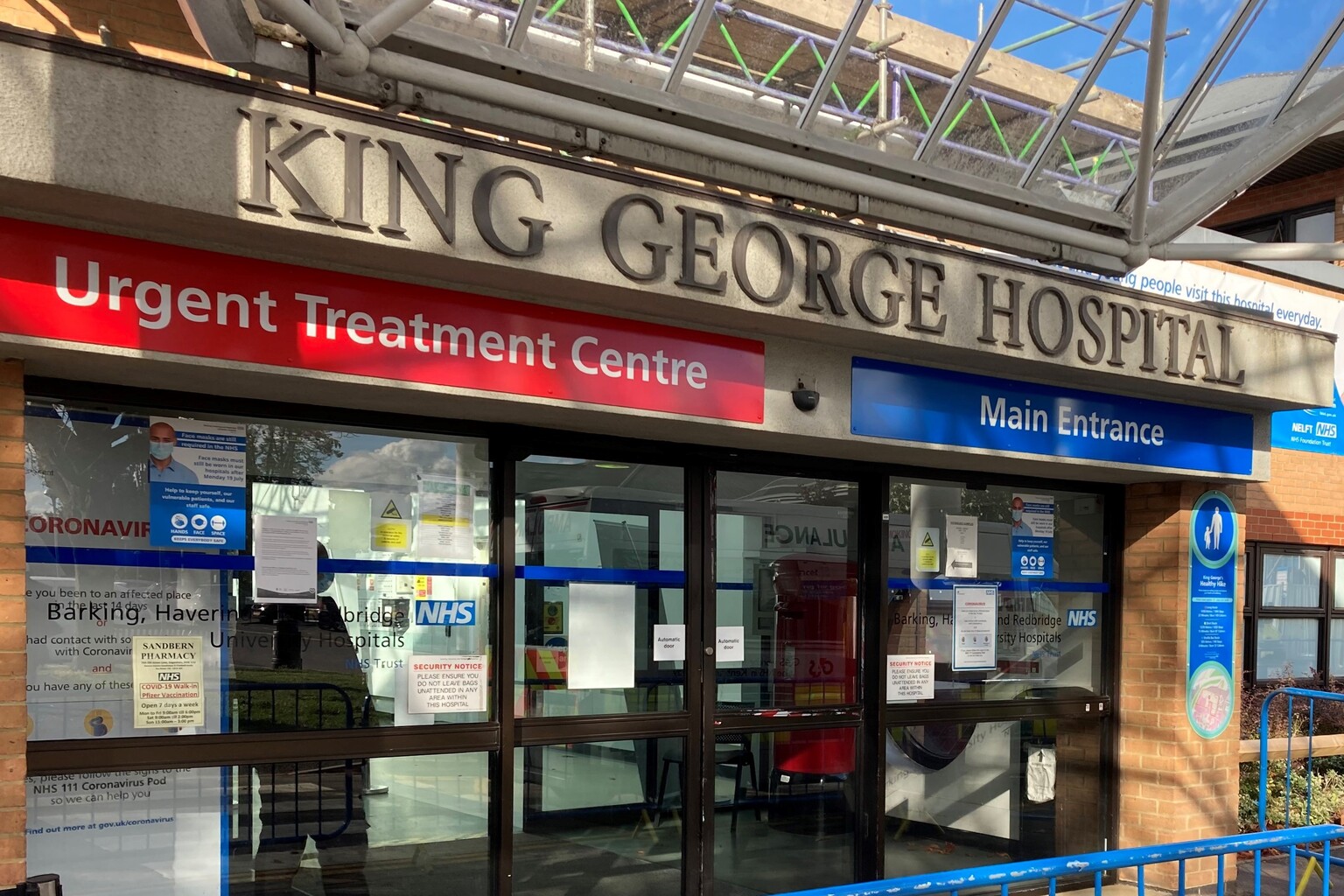With conferences and meetings canceled, have all the opportunities for professional networking for doctors dried up?
In the team-driven world of medicine, networking matters. But the COVID-19 pandemic has significantly limited networking opportunities as social distancing policies put public events and large gatherings like conferences on hold. While professional organizations scramble to design new virtual ways of remaining connected, there are still multiple ways to network. From traditional email to social media and video conferencing, you have plenty of options.
Start with the basics: Email networking
One of the most important networking rules of thumb I've picked up from attending conferences has been to maintain relationships even when you're not seeking something immediate. In a time when in-person meetings at large conferences pose a public health risk, it's even more important than ever to keep in touch with colleagues.
Consider sharing news of a promotion or a grant award or even simply an update on how training has been going. I've sometimes included a picture that I've taken with the email recipient as a reminder of who I am or included some details about what we talked about at previous meetings.
When networking with completely new contacts, it may help to mention that you had hoped to meet them at a planned conference and have one or two questions you would have asked in person. Just like an elevator pitch, a first email can make a strong impression. It's best to craft a few sentences that quickly explain who you are, where your interests lie and what you hope to gain from your new contact. Whether you include your curriculum vitae depends on your comfort level, but doing so can be a quick way to grab your contact's interest and may highlight how they can be of most help to you.
Establish your virtual persona: Social media
In recent years, social networks like Twitter, Facebook, LinkedIn and Instagram have grown as avenues for professional networking for doctors. In COVID-19-era medicine, they've become excellent tools for sharing community updates, research on the novel coronavirus and professional achievements and for staying connected to our medical colleagues.
Having a professional presence on social media can be an important way to maintain relationships with those you've previously met at conferences. In addition, you can use social media to follow an ongoing virtual meeting in real time. By doing so, you can connect with colleagues with similar interests. As social media use becomes more ubiquitous among medical professionals, you can monitor your colleagues' work on social media after the meeting and connect with possible mentors in the medical field. Social media often removes the barriers that sometimes exist in medicine's built-in hierarchy.
Keep in mind that it's still important to recognize the professional responsibility you have as a physician and to only post or send information that you and your affiliated hospital would be comfortable sharing in person.
Go one step further: Videoconferencing
While in-person meetings around the world have been put on hiatus, professional networking for doctors can still continue with both telephone and videoconference meetings. These tools were also in place prior to the pandemic but have become more widespread, with products like Skype, Zoom and Bluejeans taking on new importance. Phone and video meetings can be particularly useful when making a new professional contact - you can use these tools to discuss project ideas and ask about opportunities or strategies for professional growth.
When requesting a virtual meeting, try to give an estimate of how much time you might need, from a few minutes to an hour. This gives the other party a chance to plan appropriately. It's also always a good idea to have an agenda when setting up a virtual meeting in order to avoid awkward pauses, which are often exacerbated when screens or phones are involved. Being cognizant of time differences and audiovisual limitations is also important for facilitating a great virtual meeting. Finally, it's always a good idea to try to set up a follow-up meeting - or at least a note - and deciding what will be discussed then.
Keeping connected in the era of COVID-19 may mean fewer in-person conferences, but networking isn't impossible right now. There are plenty of tools you can use to keep up with your colleagues and explore new opportunities.



